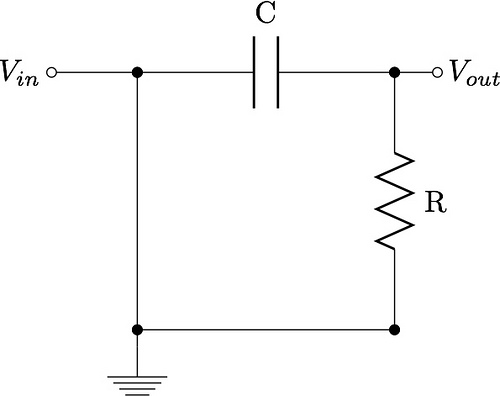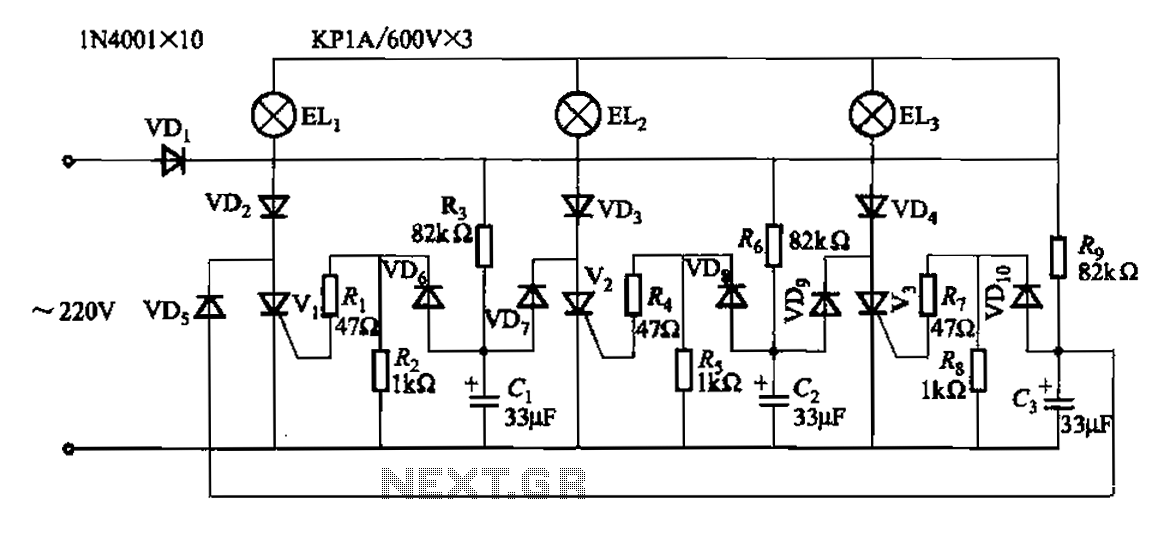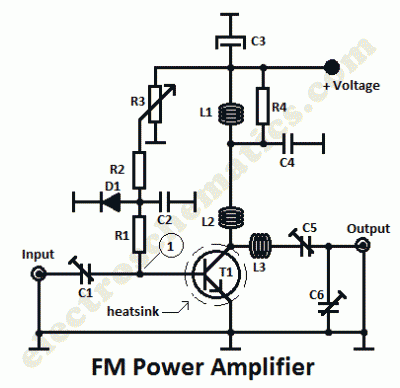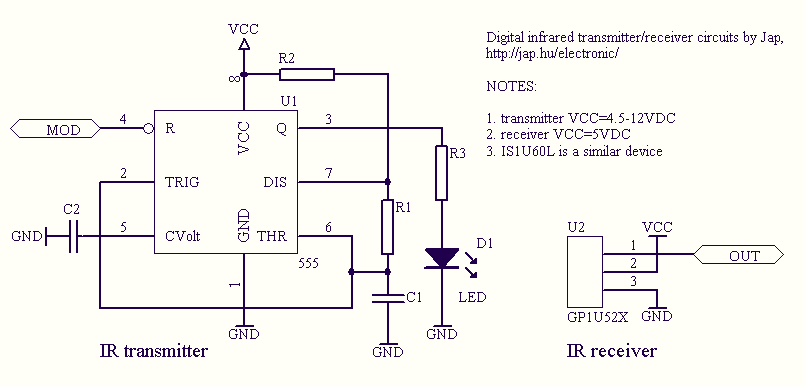
Passive Filter Circuits

This guide aims to demonstrate the construction of various filter circuits, specifically low pass and high pass filters, along with additional details.
The construction of filter circuits is essential in many electronic applications, as they allow for the selective passage of signals based on frequency. Low pass filters (LPF) enable signals with a frequency lower than a certain cutoff frequency to pass through while attenuating higher frequencies. Conversely, high pass filters (HPF) permit signals with frequencies higher than a specific cutoff frequency to pass while blocking lower frequencies.
A typical low pass filter can be designed using passive components such as resistors and capacitors (RC filter). The simplest form consists of a resistor (R) connected in series with the input signal and a capacitor (C) connected in parallel to the output. The cutoff frequency (fc) is determined by the formula:
fc = 1 / (2πRC)
For example, if a resistor of 1 kΩ is used in conjunction with a capacitor of 100 nF, the cutoff frequency would be approximately 1.59 kHz.
On the other hand, a high pass filter can also be constructed using an RC configuration, but with the capacitor placed in series with the input signal and the resistor connected to the ground. The cutoff frequency for a high pass filter is also given by the same formula:
fc = 1 / (2πRC)
In this configuration, the same resistor and capacitor values would yield the same cutoff frequency, but the behavior of the circuit would be opposite, allowing frequencies above the cutoff to pass while attenuating those below it.
In addition to the basic RC filters, more complex filter designs such as active filters using operational amplifiers can be implemented to achieve sharper roll-offs and better performance characteristics. Active filters can provide gain, improve input impedance, and reduce the effects of component tolerances.
Overall, understanding and implementing low pass and high pass filters is fundamental for engineers and hobbyists working with signal processing, audio applications, and communication systems. Proper design and analysis of these filters are crucial for achieving desired performance in various electronic circuits.This instructable is intended to show you how to make several different filter circuits, in particular, low pass and high pass filters, along with a.. 🔗 External reference
The construction of filter circuits is essential in many electronic applications, as they allow for the selective passage of signals based on frequency. Low pass filters (LPF) enable signals with a frequency lower than a certain cutoff frequency to pass through while attenuating higher frequencies. Conversely, high pass filters (HPF) permit signals with frequencies higher than a specific cutoff frequency to pass while blocking lower frequencies.
A typical low pass filter can be designed using passive components such as resistors and capacitors (RC filter). The simplest form consists of a resistor (R) connected in series with the input signal and a capacitor (C) connected in parallel to the output. The cutoff frequency (fc) is determined by the formula:
fc = 1 / (2πRC)
For example, if a resistor of 1 kΩ is used in conjunction with a capacitor of 100 nF, the cutoff frequency would be approximately 1.59 kHz.
On the other hand, a high pass filter can also be constructed using an RC configuration, but with the capacitor placed in series with the input signal and the resistor connected to the ground. The cutoff frequency for a high pass filter is also given by the same formula:
fc = 1 / (2πRC)
In this configuration, the same resistor and capacitor values would yield the same cutoff frequency, but the behavior of the circuit would be opposite, allowing frequencies above the cutoff to pass while attenuating those below it.
In addition to the basic RC filters, more complex filter designs such as active filters using operational amplifiers can be implemented to achieve sharper roll-offs and better performance characteristics. Active filters can provide gain, improve input impedance, and reduce the effects of component tolerances.
Overall, understanding and implementing low pass and high pass filters is fundamental for engineers and hobbyists working with signal processing, audio applications, and communication systems. Proper design and analysis of these filters are crucial for achieving desired performance in various electronic circuits.This instructable is intended to show you how to make several different filter circuits, in particular, low pass and high pass filters, along with a.. 🔗 External reference





